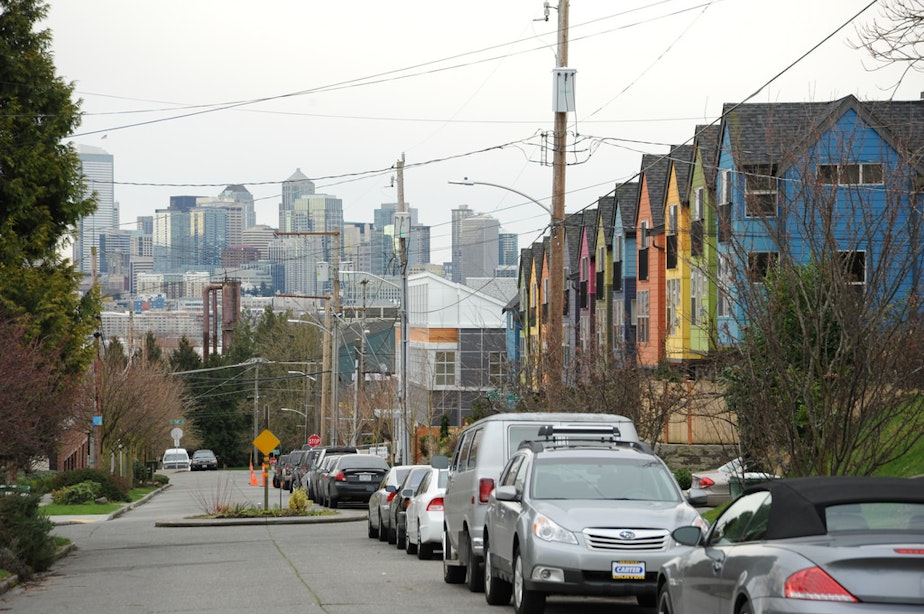Seattle: Expect more condos and apartments under this plan

The City of Seattle is planning a sweeping rezone of urban villages across the city to create more affordable housing. The public can weigh in now on a draft environmental study of the zoning changes.
The city-wide rezone reflects the changes that are already approved for the University District, downtown and South Lake Union. It will allow bigger buildings in urban villages, as long as developers include affordable units.
In many cases, streets made of single-family homes now could be redeveloped for apartments and condos.
The plan has some neighborhood groups on edge. Martin Kaplan, chair of Queen Anne Community Council's Land-Use Review and Planning Committee, says this one-size-fits-all approach isn't appropriate for some single family areas or those homeowners.
Kaplan: "They say, well we've had our house for generations, and now they can tear down the two houses next to me and build up a wall around my single family home, and I think that's what people are concerned about."
Sponsored
But city officials, including Seattle Mayor Ed Murray, are relying on the rezone to bring thousands of new affordable housing units to the city. It's one part of the city's effort to make 20,000 new affordable homes available in Seattle.
The final environmental impact statement is months away. It will either concentrate growth in the city’s urban centers, multifamily neighborhoods and commercial zones; or focus on areas that are close to amenities and have low displacement risk, such as Crown Hill, Wallingford and Green Lake.
A recent KUOW/KING Survey USA Poll found 48 percent of Seattle adults supported rezoning single-family neighborhoods to multi-family, and 29 percent opposed it. The poll of 900 Seattle residents was conducted by phone and electronic questionnaire, from June 6-18.
Public comments on the draft environmental impact statement will be accepted until August 7.
Correction 7/7/2017: This story has been corrected to reflect that the rezone would affect urban centers across the city of Seattle — not every neighborhood in the city. Locate the urban centers here.

